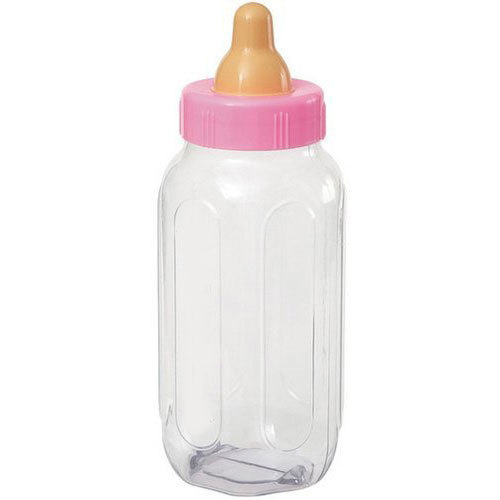
The global baby bottle market size is expected to reach USD 3.6 billion by 2025, according to a new report by Grand View Research, Inc., progressing at a CAGR of 4.7% over the forecast period. Hectic working hours and increasing number of working women are the key reasons behind the growth of the market. Furthermore, decrease in the infant mortality rate is a significant aspect driving the market. The World Health Organisation (WHO) suggests that breastfeeding is the only method to provide nutrition to the baby. However, due to reasons like lack of time for working women compel the manufacturers to produce nutritional content milk formula that can be used as a substitute for breastfeeding.
Demand for baby bottles is maximum in countries such as U.S., Germany, China, and Japan, wherein the markets are profitable. Demand for the product is high in the countries of Asia Pacific including China, Indonesia, Hong Kong, and Vietnam. These countries are expected to be the major contributors to the growth of the industry.
Plastic baby bottles are the largest product segment in the market and anticipated to expand at a CAGR of 5.6% from 2019 to 2025. Plastic bottles are the most preferred products among all as they are lightweight, easy to use, and possess high strength, which make them convenient to carry during traveling.
The offline segment dominated the market in 2018, accounting for 83.3% share in the global market. Baby feeding products are sold through various channels including supermarket and hypermarket, retail store, and pharmacy store in countires such as India, China, and U.S. The online segment is the fastest growing distribution channel as many manufacturers, especially from China, are selling their products through online channel. Fuethermore, many regional and domestic players have their own portals for selling these products through online channel.
Asia Pacific is expected to be the fastest growing regional market throughout the forecast period. China accounted for the largest share of 30.3% of the overall revenue in 2018. Awareness of infant nutrition and health and increasing population of working women are the major factors responsible for the growth of the market in China. Some of the key players in the market are Mayborn Group Limited, BABISIL, Pigeon, Handi-Craft Company, and Munchkin.
Further key findings from the study suggest:
- Based on product, the plastic segment is anticipated to expand at a CAGR of 5.8% over the forecast period. Stainless steel was valued at USD 0.6 billion in 2018 and is projected to witness substantial growth in the next few years
- Asia Pacific dominated the global market in 2018 and constituted 32.4% share of the overall revenue. This trend is projected to resume over the next few years due to increasing number of working women
- The industry is highly competitive due to presence of the key players including Mayborn Group Limited, BABISIL, Pigeon, Handi-Craft Company, and Munchkin
- Various manufacturers are concentrating on new product launches, capacity expansion, and technological innovation to estimate existing and future demand patterns from upcoming product segments.
Grand View Research has segmented the global baby bottle market on the basis of product, distribution channel, and region:
Baby Bottle Product Outlook (Revenue, USD Million, 2015 - 2025)
- Plastic
- Stainless Steel
- Others
Baby Bottle Distribution Channel Outlook (Revenue, USD Million, 2015 - 2025)
- Offline
- Online
Baby Bottle Regional Outlook (Revenue, USD Million, 2015 - 2025)
- North America
- Europe
- Asia Pacific
- Central and South America
- Middle East and Africa
About Grand View Research
Grand View Research, Inc. is a U.S. based market research and consulting company, registered in the State of California and headquartered in San Francisco. The company provides syndicated research reports, customized research reports, and consulting services. To help clients make informed business decisions, we offer market intelligence studies ensuring relevant and fact-based research across a range of industries, from technology to chemicals, materials and healthcare.
No comments:
Post a Comment